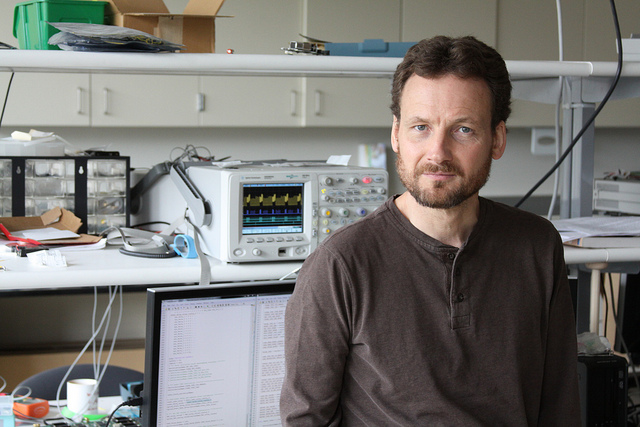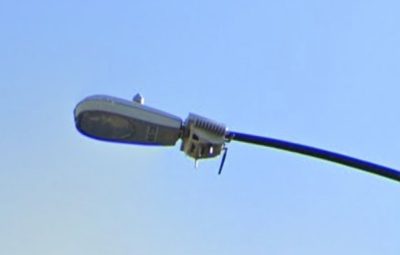As part of the Frontier of Innovation Scholars Program (CSE Publication), the Stroke-Kinect proposal led by Design Lab faculty Nadir Weibel and colleagues in the engineering department and the school of medicine, was awarded $50,000 towards two graduate student awards to fund this work. It was selected among over 400 high caliber proposals and will focus on a sensor based approach to multimodal stroke signature.
What is Stroke-Kinect?
Stroke-Kinect is a new approach to characterizing the severity of ischemic stroke. Stroke-Kinect exploits cutting-edge pervasive sensing technologies that unobtrusively capture body motion, eye tracking, and speech. The goal is to use multimodal sensing to understand the dynamics of human behavior and automatically assess clinical deficit scales more frequently and precisely than current human resources allow. This will remove the subjectivity of human analysis in characterizing ischemic stroke, allow a more accurate quantification of specific behavioral patterns in individuals who have undergone a stroke, and enable rapid observation-diagnosis feedback loops by informing clinicians of patient deficits in real-time. Our team will leverage experience and capabilities to collect and analyze multimodal data in the healthcare domain using pervasive sensing technology, multi-year experience in neural computation and bioengineering, and access to the UCSD Stroke Clinic and key expertise in neurology, stroke diagnosis, and stroke rehabilitation.
Who is the team?
Nadir Weibel, PhD, Research Assistant Professor, Computer Science and Engineering, Jacobs School of Engineering
Brett Meyer, MD, Professor Neuroscience, School of Medicine
Gert Cauwenberghs, PhD, Professor Bioengineering, Jacobs School of Engineering
Vishwajith (Vish) Ramesh, Graduate Student (PhD), Bioengineering
Steven Rick, Graduate Student (PhD), Computer Science and Engineering







